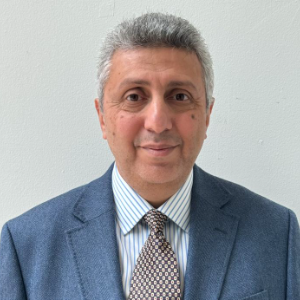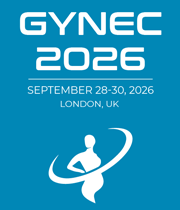Minimally Invasive Gynecologic Surgeons
Minimally invasive gynecologic surgeons are transforming women’s healthcare by offering advanced surgical solutions that reduce recovery time, minimize pain, and preserve reproductive anatomy. These specialists employ techniques such as laparoscopy, hysteroscopy, and robotic-assisted surgery to address fibroids, endometriosis, abnormal bleeding, and pelvic adhesions with precision and minimal disruption. Minimally invasive gynecologic surgeons are trained in complex anatomical navigation and continuously update their skills as surgical tools and imaging technologies evolve. Their approach significantly lowers complication rates and enhances patient satisfaction compared to traditional open procedures. They also contribute to surgical innovation, participating in training programs and clinical studies to refine protocols and expand indications. For women seeking fertility-sparing treatments or faster return to daily life, these surgeons offer essential options that align with modern expectations of care. Their role is critical in setting new benchmarks in gynecologic surgery by combining safety, efficacy, and patient-centered outcomes. With growing access to robotic platforms, their impact is expanding globally across care settings.

Neda Zarrin-Khameh
Baylor College of Medicine, United States
Marlen Sulamanidze
Total Charm Clinic, Georgia
Mohamed M Hosni
London North West University Healthcare NHS Trust, United Kingdom
Neda Zarrin-Khameh
Baylor College of Medicine, United States
Marlen Sulamanidze
Total Charm Clinic, Georgia
Mohamed M Hosni
London North West University Healthcare NHS Trust, United Kingdom




Title : Evaluate the changes in SP-D levels in plasma during different phases of the menstrual cycle recruited from the Well- Adult Surfactant Protein Study (WASP)
Natnicha Kitti udom, University College London, Thailand
Title : Synergistic antifibrotic potential of protocatechuic acid and D-Carvone in liver protection
Ling Yin, Hefei Comprehensive National Science Center, China
Title : Pathologic findings in women with atypical glandular cells on Pap test
Neda Zarrin-Khameh, Baylor College of Medicine, United States
Title : Non-ablative radiofrequency for pelvic floor dysfunction and female intimate anti-aging: a 6-month prospective multi-centre cohort objectiv
Shaadaiti Wufuer, First Affiliated Hospital of Xinjiang Medical University, China
Title : Benign gynecological conditions and lifetime contraceptive patterns: a population-based analysis of the 2022–2023 national survey of family growth
Mayi Gnofam, Stony Brook University, United States
Title : Hysteroscopic endometrial resection with resectoscope versus Novasure ablation: A look at patient satisfaction with treatment of abnormal uterine bleeding and rates of progression to hysterectomy
Genevieve Kan, West Gippsland Healthcare Group, Australia